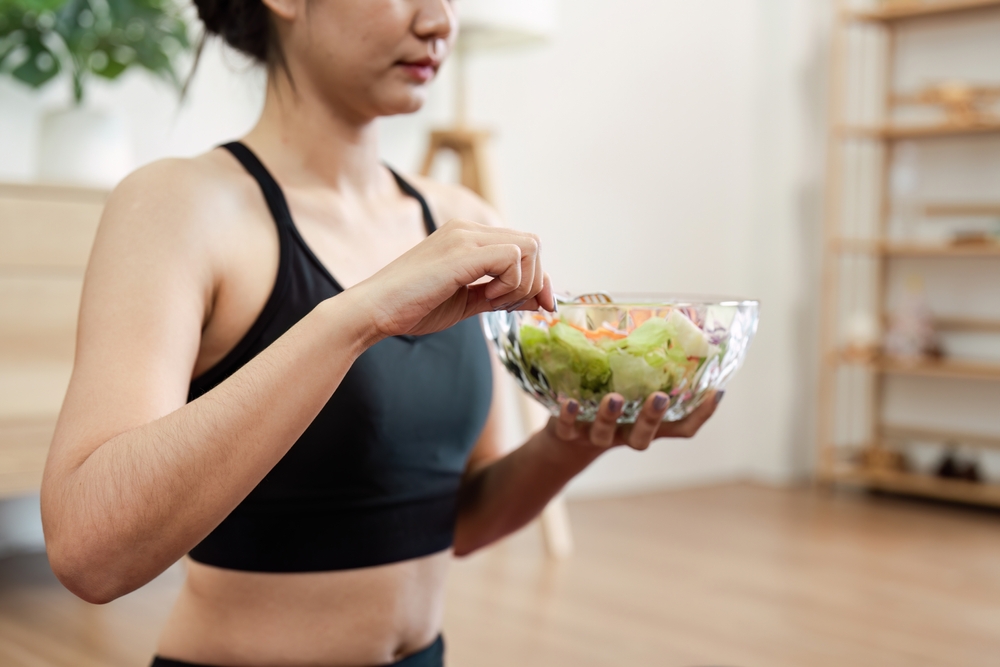3 Surprising Ways Seniors Can Strengthen Their Bones At Home
As we age, maintaining strong and healthy bones becomes increasingly important for overall well-being and independence. While many seniors worry about bone density loss, there are several effective ways to strengthen bones without leaving the comfort of home. These evidence-based methods can help maintain and even improve bone health when implemented consistently as part of a daily routine.

The Power of Calcium-Rich Foods in Building Stronger Bones
While many people know calcium is important for bones, few realize just how powerful dietary choices can be in maintaining bone density. The surprising truth is that incorporating calcium-rich foods into your daily meals can have a significant impact on bone strength, even in your senior years.
Dairy products like yogurt, cheese, and milk are well-known calcium sources, but there are plenty of non-dairy options too. Dark leafy greens such as kale, collard greens, and bok choy contain substantial amounts of calcium. Canned sardines and salmon (with bones) are excellent sources, as are calcium-fortified foods like certain orange juices, plant milks, and breakfast cereals. For optimal absorption, pair these calcium-rich foods with vitamin D sources like fatty fish, egg yolks, or simply spending 10-15 minutes in the morning sun several times per week.
Creating a calcium-rich meal plan doesn’t have to be complicated. Something as simple as a breakfast smoothie with yogurt, fortified plant milk, and leafy greens can provide nearly a third of your daily calcium needs. The key is consistency—making calcium-rich foods a regular part of your diet rather than an occasional addition.
Safe and Effective Home Exercises for Bone Strength
The second surprising approach to strengthening bones is through specific weight-bearing exercises that can be safely performed at home. Many seniors don’t realize that certain types of movement are particularly effective for maintaining bone density.
Weight-bearing exercises—activities that force you to work against gravity while staying upright—are especially beneficial for bone health. Simple exercises like walking around your home or garden, climbing stairs, or doing standing leg lifts while holding onto a sturdy chair can all help maintain bone density in the hips and lower spine. For the upper body, light resistance exercises using household items can be remarkably effective. For example, soup cans or water bottles can serve as weights for gentle arm curls and lifts.
Balance exercises also play a crucial role in bone health by preventing falls that could lead to fractures. Try standing on one foot while holding onto a countertop, walking heel-to-toe across your living room, or practicing gentle tai chi movements. Start with just 5-10 minutes daily and gradually increase to 30 minutes most days of the week. Remember that consistency is more important than intensity—regular, moderate exercise will yield better results than occasional strenuous workouts.
Lifestyle Modifications That Support Bone Health
The third surprising approach involves simple lifestyle adjustments that many seniors overlook but can significantly impact bone strength. These modifications require minimal effort yet yield substantial benefits for long-term bone health.
Getting adequate sleep (7-8 hours nightly) allows your body to repair bone tissue. Creating a consistent sleep schedule and a comfortable sleeping environment can improve both sleep quality and bone health. Additionally, moderating or eliminating certain habits can make a tremendous difference. Reducing sodium intake helps prevent calcium loss through urine, while limiting caffeine to 300mg daily (about 2-3 cups of coffee) prevents calcium leaching from bones.
Another overlooked factor is maintaining proper hydration. Water is essential for the transport of nutrients, including calcium, to your bones. Aim for 6-8 glasses daily, and consider using a large, marked water bottle to track your intake. Finally, reducing stress through simple home-based activities like deep breathing exercises, gentle stretching, or meditation can lower cortisol levels, which when chronically elevated can contribute to bone loss.
The Role of Supplements in Bone Density Management
While food should be your primary source of bone-building nutrients, supplements can play a supportive role when dietary intake falls short. However, choosing the right supplements requires understanding both effectiveness and safety considerations.
Calcium supplements come in various forms, with calcium citrate generally being better absorbed than calcium carbonate, particularly for seniors with reduced stomach acid. Vitamin D supplements are often necessary for those with limited sun exposure or absorption issues. Magnesium supplements can also support bone health as this mineral helps activate vitamin D and regulate calcium levels.
Before starting any supplement regimen, consult with your healthcare provider to determine appropriate dosages based on your specific needs and to avoid potential interactions with medications. Most experts recommend spreading calcium supplementation throughout the day rather than taking it all at once, as your body can only absorb 500-600mg of calcium at one time.
Understanding Your Body’s Unique Needs
Bone health isn’t one-size-fits-all. Each senior has unique requirements based on factors like gender, family history, medication use, and underlying health conditions. Understanding these individual factors can help you create a more effective bone-strengthening plan.
Women, particularly those post-menopause, generally need more focused attention on bone health due to hormonal changes that accelerate bone loss. Those with a family history of osteoporosis may need more aggressive preventive strategies. Certain medications, including corticosteroids, anticonvulsants, and some cancer treatments, can also impact bone density.
Consider asking your healthcare provider about bone density testing to establish a baseline and monitor changes over time. This information can help you and your healthcare team develop a personalized approach to bone health that addresses your specific risk factors and needs.
In conclusion, strengthening bones at home is achievable through a combination of calcium-rich nutrition, appropriate exercise, and supportive lifestyle modifications. By implementing these three surprising approaches consistently, seniors can maintain and even improve their bone health, reducing fracture risk and supporting overall wellness and independence.
This article is for informational purposes only and should not be considered medical advice. Please consult a qualified healthcare professional for personalized guidance and treatment.




